Bike and Pedestrian Fatalities Higher than Ever in USA. Current Methods of Safety Not Working to Reduce Fatalities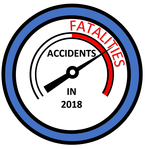
If there are 37,000+ vehicle related deaths each year in the USA, and Pedestrians account for 15% of these, and they used to be only 11%, then this 4% increase represents 1,500 MORE pedestrian deaths each year compare to just 10 years ago. The 37,000+ number is also at a peak.
Obviously, whatever is the mainstream safety push for transportation is not working to even bring down the number of fatalities each year in the USA, in fact, it is going the opposite direction. Current methods are clearly not working and should be reconsidered as a whole. Nobody quite understands this counter-intuitive result, but the Governor's Highway safety Association is aware of it. Here is what they are saying: "IT IS ALARMING," says GHSA* executive director Jonathan Adkins, "and it's counter-intuitive." (*Governor's Highway safety Association).
We need to pay attention to the facts, the accident history. "There's been an assumption that, because of increased safety of vehicles as we move toward semi-autonomous vehicles, that traffic deaths were going to go down," Adkins says. "We're seeing just the opposite, unfortunately, with a particular spike as it relates to pedestrians and cyclists."
from NPR's Pedestrian Fatalities Remain At 25-Year High For Second Year In A Row:

New traffic methods for PEDS/Bikes have not moved the needle. They LOOK good, but... Cycle Tracks and XWalks are not solving it. PED bridges are not cutting the fatalities (UP! to 40k / year in USA) ...no improvements! "Vision Zero" as currently envisioned seems beyond reach. We need new Engineered & real solutions that will eliminate mixing of vulnerable travel modes with vehicles. J-Walkers, PEDS crossing paths with vehicles, cyclists mixing with cars/trucks assuming safety, while traveling along side some incompetent or risk-taking drivers: HUMAN factors... and not Improving.
The assumption that any kind of "new and improved" traffic control device specifically for PEDS or BIKES will make them safer needs to be questioned, since the accident fatality data does not bear this out. The needle has been moving in just the opposite direction, and we can no longer assume that more striping, different striping, or even complete streets will make pedestrians safer. What needs to happen is a realization that MORE pedestrians mingled with Vehicles on roadways where cars/trucks can hit people directly, is turning out to be a dangerous thing.
0 Comments
Often depicted in way over simplified conceptual drawings, the Autonomous Vehicle is consistently misunderstood.
Autonomous Vehicles: In order for there to be compelling reason to incur the impact and expense of potentially retooling the entire vehicle industry, there would need to be compelling improvements to safety, capacity / efficiency, as well as the environment. The autonomous vehicle has in principle, the capacity to improve all three, but the conceptual illustrations one can find today on the internet when searching for "autonomous vehicles" leave much to be desired... they generate more questions than answers in one's mind. They are confusing. Such as why does a picture show all this "connectivity and sensors" from each vehicle, but the traffic pattern on the freeway is identical to existing conditions? Where is the benefit? Capacity increase? Or why would one think that it would be a good idea to show vehicles criss-crossing past each other at right angles in an uncontrolled intersection, narrowly missing bumpers, as if that is a safe idea or design? Logically, it's not. A roundabout would be a much better idea, lower speeds, and significantly reduced conflict points (goes from 9 potential conflicts down to just 1). In fact, it doesn't make any sense to introduce such a fallible and dangerous situation where serious injury can take place if technology fails in any way. Also, what about bikes and pedestrians in such a situation? Its as if there were no serious thought put into these concepts when it comes to having Complete Streets.
UBER Autonomous car hits pedestrian. news makes it look like autonomous is not safe
what components are in an autonomous car ?
Stopping Sight Distance = PERCEPTION TIME + REACTION TIME + BRAKING TIME
Autonomous vehicles theoretically change this equation to: SuperFast PERCEPTION TIME + SuperFast REACTION TIME + BRAKING TIME where the braking time remains the same because it is a function of tires, speed, friction, etc., but the Perception Time is a fraction of what humans need to make a decision that they need to brake...theoretically, and the Reaction Time is greatly shortened because no human foot has to move from the floor to get above the pedal to push it. Any Autonomous Vehicle solution MUST also take into consideration the entire body of transportation modes, especially pedestrians and bikes. A pedestrian or cyclist will never be in the autonomous category, so these are mixed transportation use situations.
Good examples of extreme traffic situations can be found in China where density is consistently very high throughout urban cities. n Chongqing China there are residential and business skyscrapers that go on and on for miles and miles, averaging 30 stories tall.
THIS is a compelling reason to implement such an expensive change for the benefit of all, including drivers of vehicles. 90% of residents in Chongqing do NOT own or drive a car. As one watches the video of regular drivers on these massive 9-lane roadways, one can think of what benefit would come to the system if all vehicles were autonomous. In my view, safety would not only improve, but efficiency as well and capacity could be tripled as vehicles perfectly coordinate the merging, with tighter headways, and regulated speeds.
So What will an Autonomous Vehicle transportation system look like? What must it look like?
First of all, it must be safe for pedestrians. In the China video above, the pedestrians are completely separated from the vehicle traffic, because it is not safe or practical to ever have these meet in such high numbers. So there must be separation. There must be grade separation (or in the case of the China video above, a complete separation of vehicle traffic by tunnel if necessary). Grade separations are expensive, but to have a truly autonomous system and remove the human error factor that introduces accidents, often fatal accidents, a separation is needed. If a car is going 60 mph autonomously, and a child runs in front of it, the car no matter how automated, cannot stop in time, and fatality may occur, traffic will come to standstill, etc. We grade separate freeways, and now all roads with autonomous vehicles will need some method of separation in order to achieve the desired levels of safety, of capacity, of efficiency, even the environment and air quality. Fences. Ped and Bike bridges. Even signal systems tied in to the autonomous computer system, coordinated and optimized for safety of peds and bikes.
The future of traffic engineering will be to develop solutions that actually make sense, are safe and efficient, and which can take existing right-of way and turn it into a system where cars are separated from the pedestrians and bikes to improve safety, capacity, efficiency and air quality. Traffic Engineering and analysis in California has been evolving with the advent of SB 743. Safety has always been the primary focus of true Traffic Engineering, creating safe travel conditions for all modes of travel. SB 743 in California has specific elements within this law that place more focus on traffic safety including:
source: New Section 15064.3(b)(3) (preliminary OPR guidance for SB 743) Staff at PRISM Engineering have decades of experience in preparing traffic and transportation plans with emphasis on traffic safety, utilizing guidance found in AASHTO publications, Highway Design Manual, MUTCD publications, etc., which focus on time-tested methods of design and implementation that enhance and improve safety.
|
AuthorGrant Johnson, registered Traffic Engineer, shares insights and experiences from around the world. Archives
June 2023
Categories
All
|
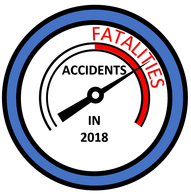
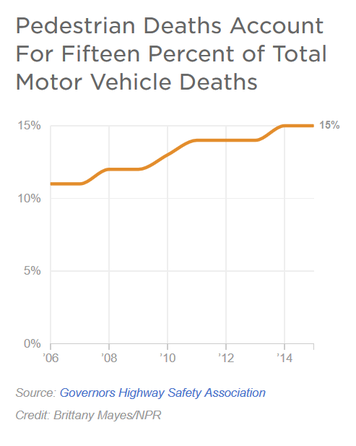
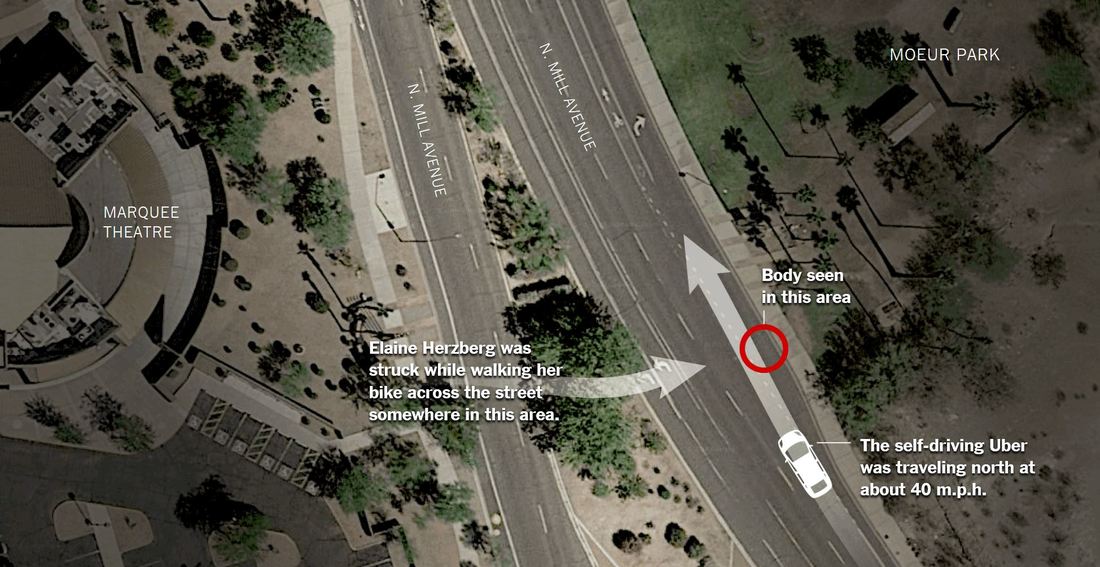
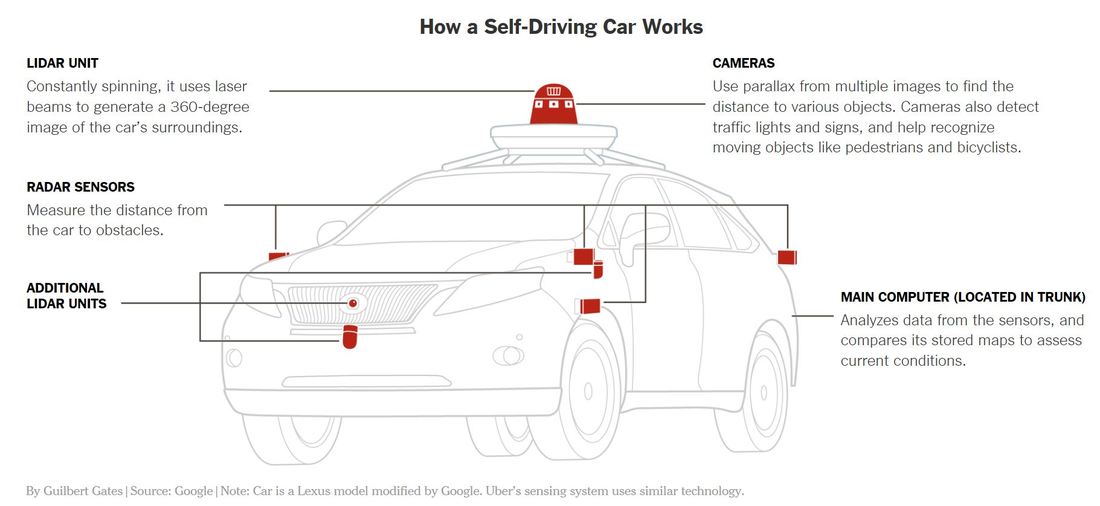
 RSS Feed
RSS Feed